Weekly Fishing Report: April 25
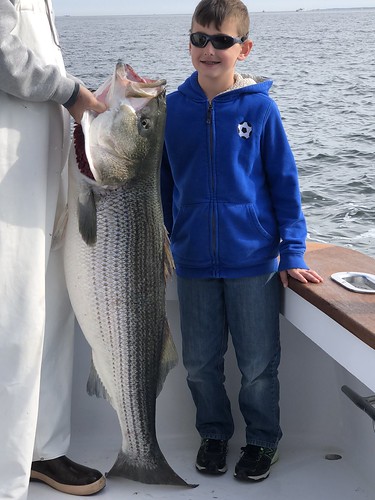
Gregory Martin was fishing the area where Nanticoke River striped bass exit into the bay and caught this beautiful 51-inch, 48-pound striped bass. Photo by Brad Martin
Patience is supposed to be the hallmark of an angler, but many had theirs strained this past opening weekend for trophy striped bass season. Most understand it has been a chilly spring, and low water temperatures have delayed striped bass spawning in the tidal rivers.
In the past couple of days we have seen water temperatures finally reach acceptable temperatures for the fish. There was a big spawn on the Choptank River, and the Nanticoke, Patuxent and Potomac rivers should be on the same general schedule.
The striped bass that have spawned in the past few days will make their way down the tidal rivers and should hit bay areas in a few days. There is warmer weather predicted so there will be more spawning action – meaning the 2018 trophy striped bass season should kick into gear this weekend and for the next couple of weeks. Good luck out there and remember fishing is supposed to be fun.
Before we get into this week’s fishing report, I want to remind everyone that they can submit their own fishing reports and photos to the Maryland Angler’s Log. To post a report, please email your name, hometown, photos, location and additional content for your report. All information is optional, but encouraged.

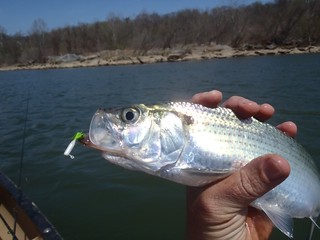
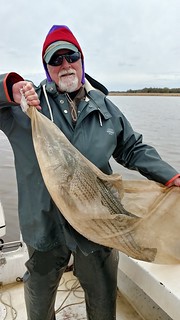
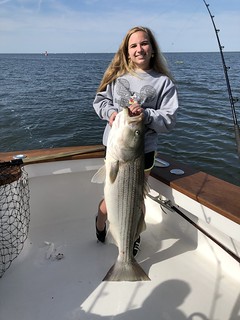
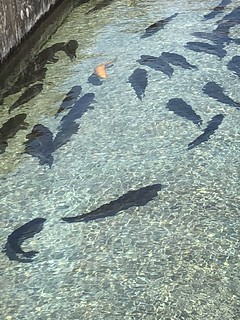
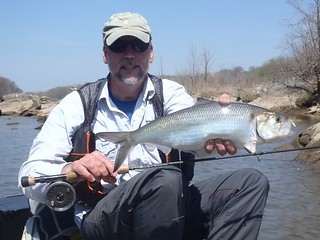

 1-888-373-7888
1-888-373-7888 233733
233733